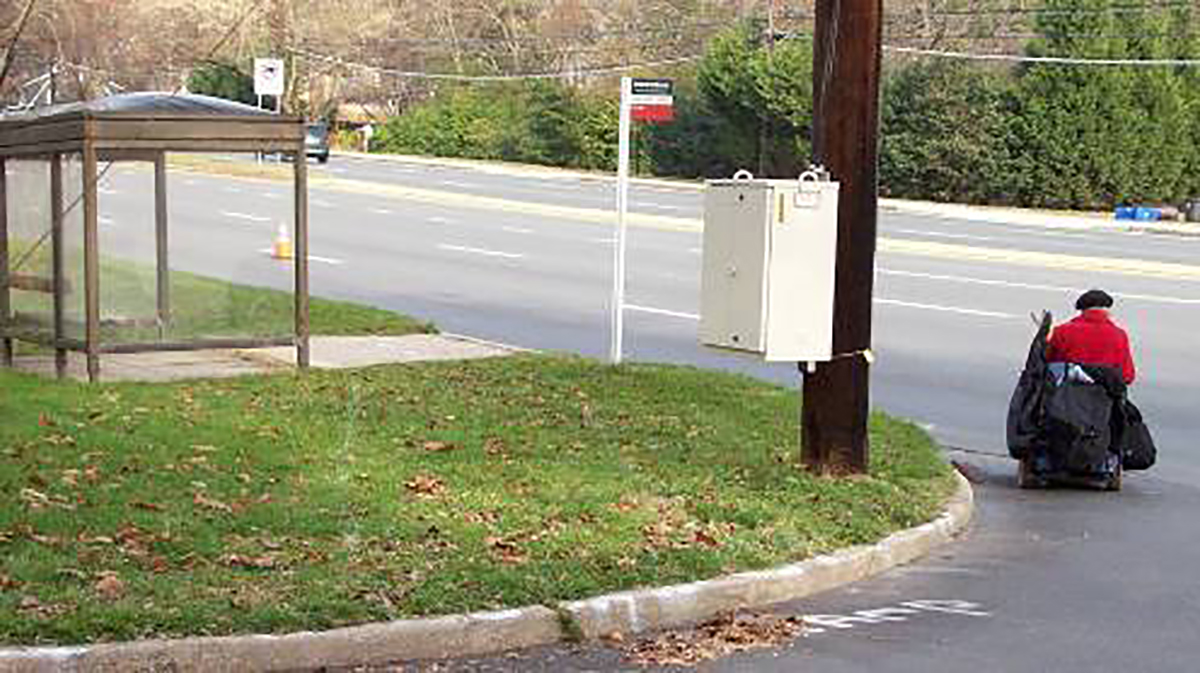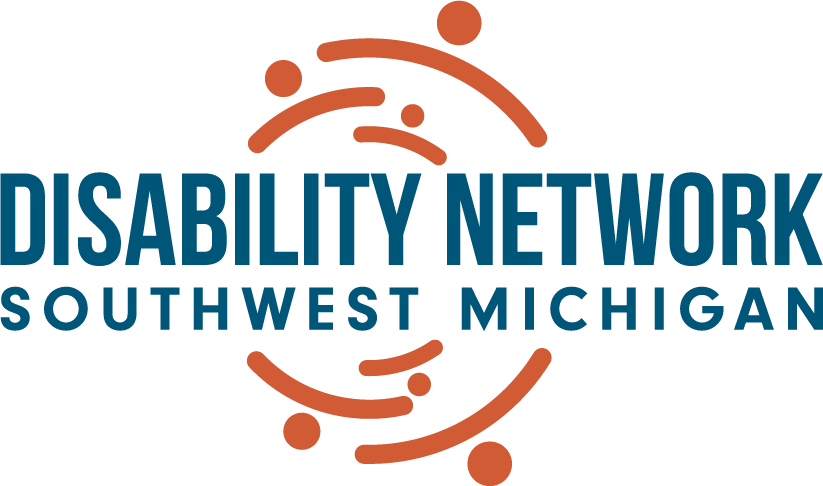
For people with disabilities, accessible public transportation is a major factor in whether or not they can navigate their community independently. In many communities, especially in rural areas, there is not adequate accessible transportation to meet the need, often due to a lack of funding and/or accessible transportation not being prioritized. This leaves these individuals cut off from doctors’ appointments, employment opportunities, social engagements, shopping and basic community participation, creating true feelings of isolation for people with disabilities.
Subsequent to the passage of the Americans with Disabilities Act (ADA) in 1990, some progress has been made in the area of accessible public transportation, however, there continue to be many physical and programmatic barriers within transportation systems. As with most issues around accessibility, there isn’t a single problem to be fixed; transportation advocacy needs to be approached from a systemic level. For example, it does little good to have an accessible bus if the bus stop is inaccessible or there are no curb cuts at a bus stop corner. Mobility disabilities are not the only issues to be considered; providing signage in alternative formats such as audibly or in braille allows people who are unable to read the signs ability to navigate the system. Although the ADA requires buses to have announcements that inform riders of key points along the route, drivers frequently shut the system off. This makes it very difficult for riders with disabilities to be aware of where they are on the route and the potential for missing their bus stop is increased.
The inaccessibility of bus stops is a major obstacle for people with disabilities when attempting to use public transportation independently. Barriers include stops that have poor signage, are placed in unsafe locations, or stops that are inaccessible for wheelchair users. According to the Federal Transit Administration, as of 2019, 20% of all public transit stops across the country failed to meet accessibility criteria. In areas with winter climates, fixed route transit systems are further hampered by snow fall, making even accessible bus stops temporarily and unpredictably inaccessible.
Paratransit systems provide an alternative transportation option for individuals who are not able to use the fixed-route service in their area. While paratransit systems circumvent some of the access issues of the fixed route systems, they have a whole set of their own pitfalls; much of this has to do with a lack of funding of the paratransit systems. A lack of funding for efficient paratransit systems limits the number of drivers and vehicles that are designated for passengers with disabilities. Additionally, paratransit systems are only required in municipalities where there is a public transit or fixed-route system in place, leaving many communities without any paratransit system at all. In addition, some paratransit systems are confined to their city/county limits, preventing individuals with disabilities from attending medical appointments in neighboring areas. Depending on demand for the paratransit system at any given time, an individual needing paratransit service may arrive where they are going much later or much earlier than anticipated. While this wouldn’t matter much for grocery shopping, it would make a significant difference for doctors’ appointments or getting to work on time.
Because transportation connects people to the community, the barriers a lack of transportation creates for people with disabilities impacts other areas of their lives. People who can’t get to a job in a reliable manner will likely be unemployed, creating income inequity. A lack of transportation causes people to delay or cancel important medical appointments leading to inadequate healthcare. Not being able to freely get to a grocery store can greatly impact your food choices which also impacts health. Isolation can lead to depression and compound other mental health disabilities. Making a trip to the grocery store, visiting friends and family, or going to medical appointments shouldn’t be considered luxuries; however, for many people with disabilities, these seemingly simple trips, are impossible to take independently, if at all. Until we prioritize the implementation, funding, regulation and oversight of accessible transit options, people with disabilities will remain isolated.
Ways you can DARE to Impact Change:
- Get connected with your county’s Local Advisory Council (LAC) to review and comment on the transit system’s accessibility plan. Being connected with the local LAC will also allow you to learn more about the oversight of the paratransit system. Contact your local transit provider for contact information to your LAC.
- Reach out to state and local legislators to highlight the need for more funding for accessible public and paratransit systems for people with disabilities. Use the links to the right to find your state legislators and check the internet to contact to your county/city/township officials.
- Join or start an advocacy group to improve the accessibility of public transportation in your community.
More Information on the Topic:
- Article: Why public transit needs accessibility advocates
- Article: Obstacles in Public Transport: What Solutions for People with Physical Disabilities?
- Video: Access To Public Transportation For People With Disabilities (13:54)
- Article: Why is Public Transit Still Inaccessible?
Note: This article was written for our DARE to Impact Change publication which provides Disability Advocacy, Rights & Education. Follow this link for more info and to subscribe to our DARE to Impact Change e-publication.
